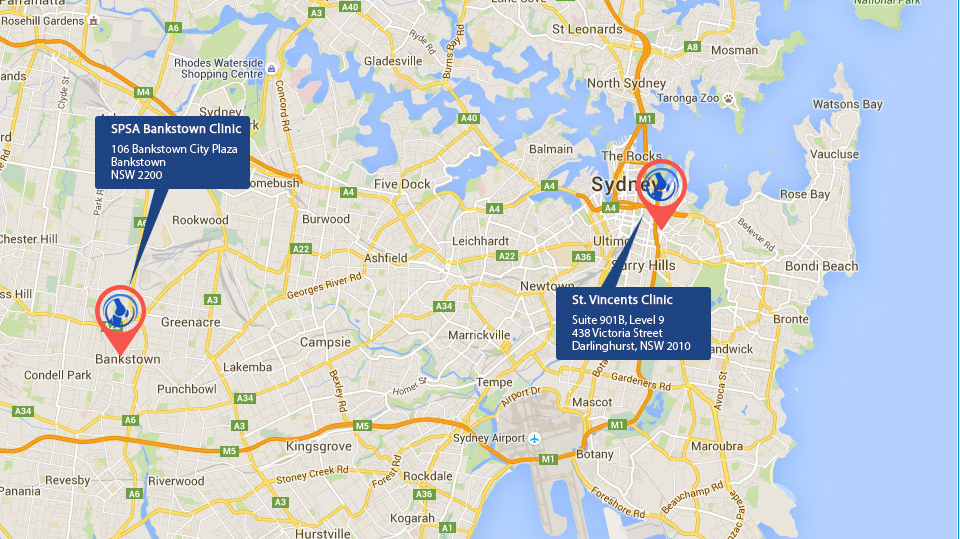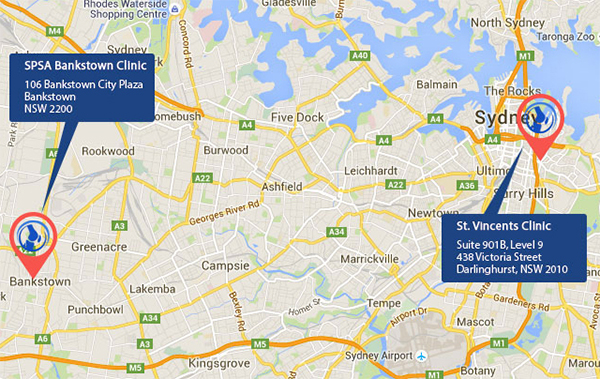
A/Prof Nick Vertzyas completed his advanced training in orthopaedic surgery in Sydney. On becoming a fellow of the Royal Australian College of Surgeons, he was awarded the Australian Orthopaedic Associations, International research fellowship to the Harvard University in Boston in the United States.





